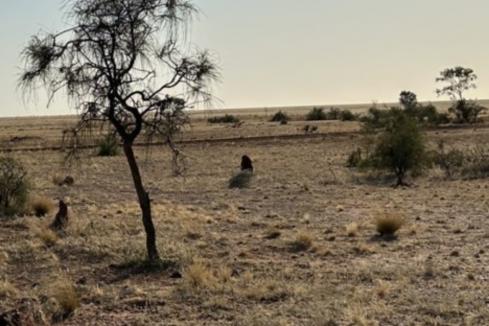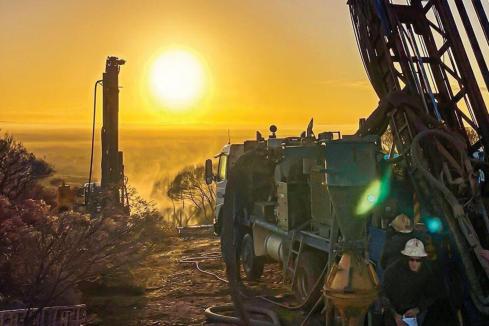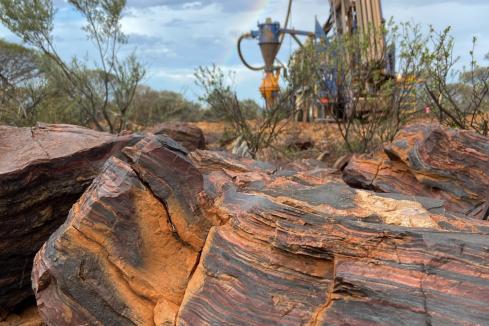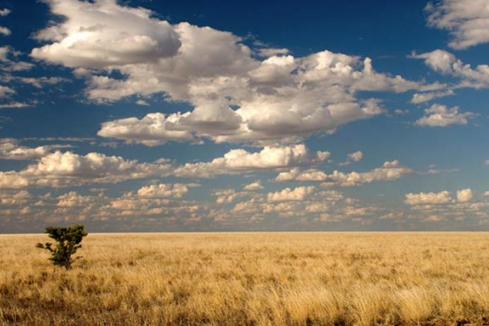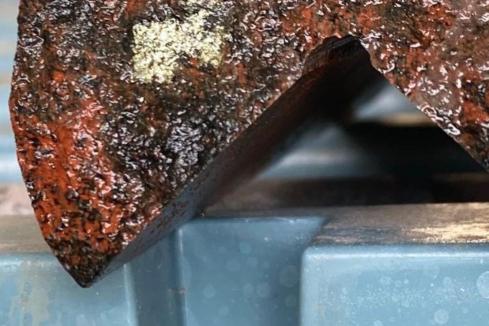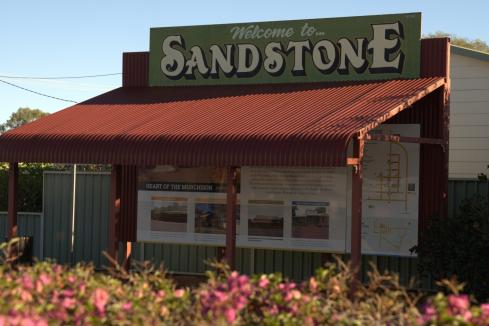Middle Island Resources has tabled an impressive five-fold increase to the global mineral resource at its Sandstone gold play in Western Australia, adding half a million ounces to the Two Mile Hill Deeps deposit. This brings the total resource at the project to nearly 624,000 ounces. With the rods still turning on site and a goal of ploughing 17,000 metres of drilling into the project, it is unclear as to just where this resource will finally end up.

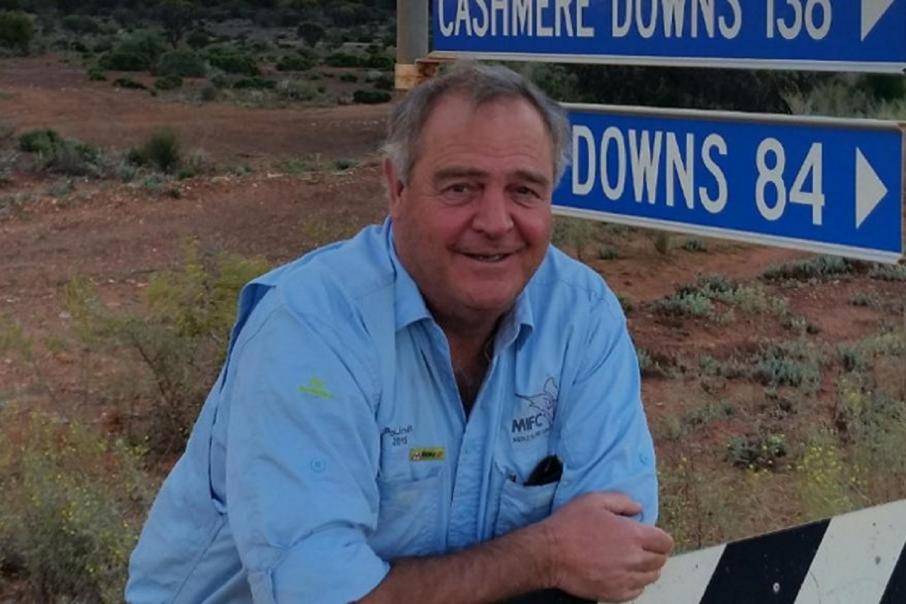
Middle Island Resources has tabled an impressive five-fold increase to the global mineral resource at its Sandstone gold play in Western Australia, adding half a million ounces to the Two Mile Hill Deeps deposit, bringing the total resource at the project to nearly 624,000 ounces. With the rods still turning on site and a goal of ploughing 17,000 metres of drilling into the project, it is unclear as to just where this resource will finally end up.
The Two Mile Hill gold deposit is hosted in stacked banded iron formations, or “BIF’s”, within a tonalite that has intruded into them.
The adjacent BIF hosted mineralisation seems to have higher grades nearer to the tonalite and has currently been drilled to about 200m depth.
The tonalite has been identified at the surface and extends for up to 250m in length and 90m in width and is mineralised to at least 713m. According to Middle Island, its “tonalite deeps” is still wide open at depth which makes for a very interesting orebody.
Middle Island previously said that its deepest diamond hole into Two Mile Hill Deeps reached 713m and produced a massive 508.3m mineralised intercept grading 1.38g/t gold from 83.7m.
Middle Island has used external qualified consultants, Mining Plus, to undertake its mineral resources update. In line with the Joint Ore Reserve Committees’ 2012 guidelines for a company to be able to officially report its gold resources on the market, they must have a reasonable chance of being economically mined one day.
Mining Plus therefore looked at some optimisation studies for the Two Mile Hill Deeps deposit.
It ran a “sub-level cave” scenario on the mineralisation using mining costs of $25 per tonne, processing and ore sorting costs of $33 per tonne and a gold recovery of 96% was also applied to the process.
Various royalty and levy costs were also taken into account along with a 20% ore dilution factor.
Mining Plus found the most optimal gold cut-off grade for Two Mile Hill Deeps, using these high level modifying factors, is 0.64g/t and reported all resources within a 0.64g/t underground 3D “wireframe” or domain.
Middle Island has a good idea about how the Two Mile Hill Deeps ore will behave if processed through its nearby Sandstone gold processing plant, after initial metallurgical test work found that nearly 60% of the gold could be recovered via gravity concentration at the start of the processing flow sheet.
There are no pesky elements in the Two Mile Hill Deeps ore that may interfere with the gold leaching process and test work has already indicated that leaching of the gold itself was quite rapid. This means that fewer chemicals have to be used in the process, thereby saving precious operating dollars.
During 2017, Middle Island ran first pass mineralogical test work on large composite samples from Two Mile Hill Deeps and found that 99.6% of the gold was hosted in quartz veins in the tonalite.
It now plans to look at ore sorting methods to potentially cherry pick the higher grade quartz-rich material, which averaged out in the test work at 34.8g/t - the grade of the potential mill feed material would be looking very healthy indeed if Middle Island can preferentially pull out the better material.
In addition to the current global resource of 17,163,000 tonnes grading 1.13g/t for 623,600 ounces of gold, there is a remaining portion of the Two Mile Hill Deeps deposit between 500m and at least 700m depth that is waiting for either further drilling or an exploration target to be wrapped around it.
Middle Island is potentially looking at further game changing numbers from this deep tonalite hosted gold deposit.
Middle Island can now more confidently move forward with further drilling or scoping studies on its mineral resources, knowing there is now a reasonable level of transparency in the gold that is actually in its ground.
Is your ASX-listed company doing something interesting? Contact : matt.birney@businessnews.com.au






